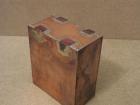
HDD case. It holds the HDD block together only.

CPU cooler
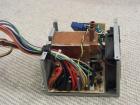
Power supply
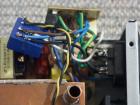
Relay for the pump and the non-heating apparatus outlet
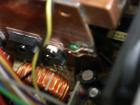
Close-up of the power supply's secondary circuit power components

How it all looks like in the end. :-)

Another perspective
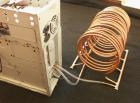
A view from the rear. You must admit, the radiator is art. :-)
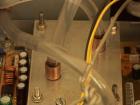
Close-up of the mounted CPU cooler. Looks outright lordly, no? :)

CPU cooler from the side. Here you can see the closures of its water channels.
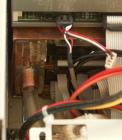
Rear side of the HDD pack. It must weight at least eight kilos.

And a side view of it ... sort of.
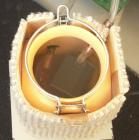
Water tank with submerged pump